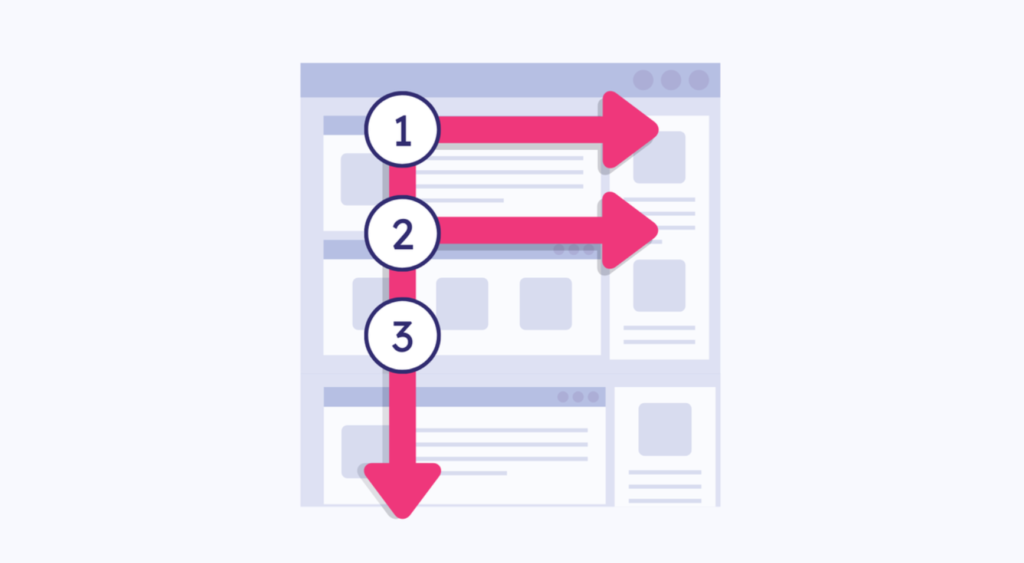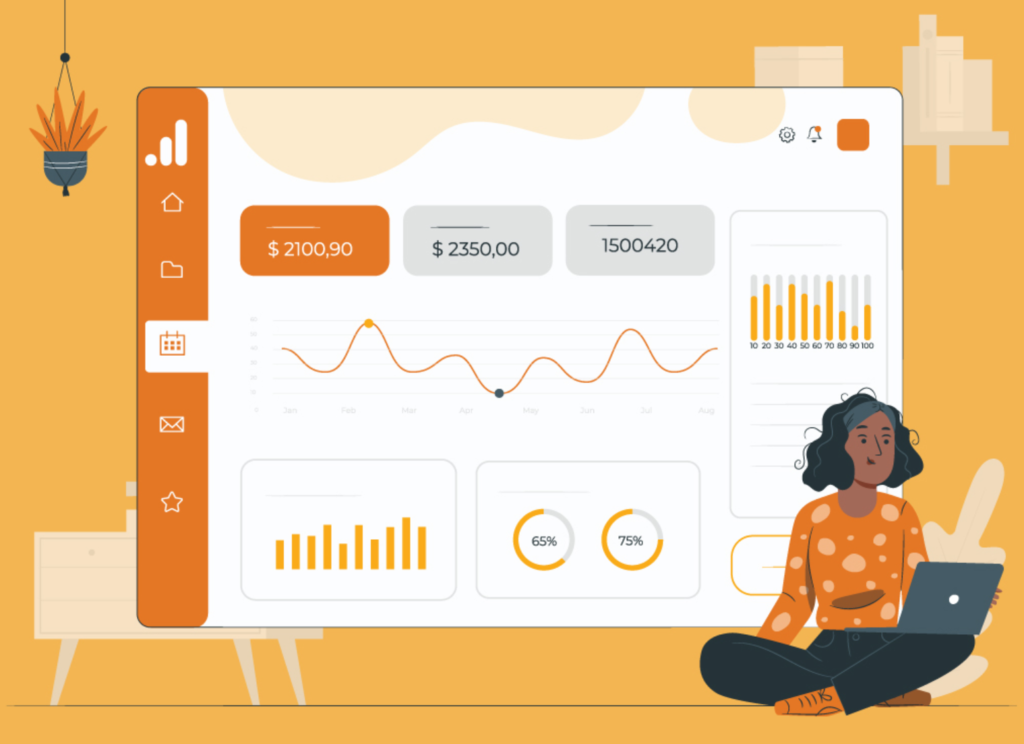Web design is not just an art—it’s a strategic tool in digital marketing that influences user behaviour and drives conversions. An effective design does more than look good; it functions as a seamless conduit between a potential customer and the desired action, whether that’s making a purchase, signing up for a newsletter, or reaching out for more information.
Understanding the Basics of Web Design for Conversion
First Impressions Matter
The layout, spacing, and content arrangement on your website are pivotal in making a lasting first impression. A well-designed website utilises meticulous spacing, intentional layouts, and strategic content placement to guide visitors effortlessly towards taking action.
Responsive Design is Non-Negotiable
In today’s digital age, your website must look great and function flawlessly across all devices. Responsive design adapts to the size of the visitor’s screen, ensuring an optimal browsing experience which is crucial for keeping bounce rates low and engagement high.
Mastering Web Design Elements
Colour, Typography, and Imagery
These elements are not just decorative. They play crucial roles in readability, user engagement, and the overall effectiveness of your website. For example, a well-chosen colour scheme can significantly affect mood and behaviour, while clear and readable typography ensures that your message is effectively communicated.
Effective Use of Visual Hierarchy
Visual hierarchy guides the visitor’s attention to important elements first. This is achieved through the use of size, colour, and placement on the page. A strong visual hierarchy increases the likelihood that visitors will follow through with the desired actions.
Psychology of Web Design
Understanding User Behavior
Knowing how users interact with websites can inform better design strategies. For instance, users typically scan websites in an ‘F’ pattern, so placing important information in these high-attention areas can increase interaction.

Creating Comfort Through Design
Comfortable navigation and content interaction lead to longer site visits and increased chances of conversion. A user-friendly site layout and navigational structure make it easy for visitors to find what they’re looking for, which is critical for a positive user experience.
Content Strategy for Conversion
Engaging Content is Key
Your website’s content should be compelling and directly speak to the needs and desires of your audience. This includes creating persuasive and clear calls to action (CTAs) that guide users towards conversion points without being overly forceful.
Strategic Placement of CTAs
CTAs should be placed logically throughout your website where they naturally fit into the information flow. This strategic placement ensures that CTAs are timely, relevant, and effective.
Optimising Navigation for Better User Experience
Simplified Navigation
Overly complex or confusing navigation can hinder conversions. Navigation should be intuitive and straightforward, guiding visitors smoothly from one page to another and helping them find what they need with minimal effort.
Use of Analytical Tools to Enhance Design Choices

Tools like Google Analytics and Hotjar provide insights into how users interact with your website. These tools can help identify which parts of your site are performing well and which areas may require adjustments to improve user experience and conversion rates.
Testing and Feedback
Regular A/B testing allows you to compare different versions of your website to find out what works best. This can be particularly useful for optimising landing pages, CTAs, and other key components of your site.
Conclusion
Effective web design is an ongoing process of learning, testing, and refining. By understanding and implementing the principles outlined in this guide, web designers can create websites that not only attract visitors but also convert them into customers, thereby maximising the website’s contribution to business goals.
This guide is designed to be a comprehensive resource for web designers looking to enhance their skills in creating high-converting websites. By applying these principles, you can significantly improve the effectiveness of your web design projects and help your clients achieve their digital marketing objectives.

